Video games are an increasingly popular form of entertainment. Therefore, working as a game artist might be an appealing career decision.
It is an excellent opportunity to develop your artistic and creative talents. Besides, it’s a chance to hone your artistic abilities.
If you’re passionate about art and video games, this position is a fulfilling and profitable pursuit. This article will show you the steps to pursue this career.
Overview of Game Artists
Before learning the steps to become a successful game artist, you should briefly overview this profession.
Who Is A Game Artist?
Game artists help to develop the visual environments shown in video games. They use solid drawings and design concepts to build characters and backdrops relevant to the video game’s theme.
These experts use computer applications like Adobe Illustrator, Autodesk Maya, and Adobe Photoshop to give drawings and projects a 2D and 3D finish.
In addition, game artists employ these tools to manage texturing, animation, rendering, and modeling to build on-screen environments and people.
The classical art skills that numerous game artists possess aid in producing images pleasing to the eye.
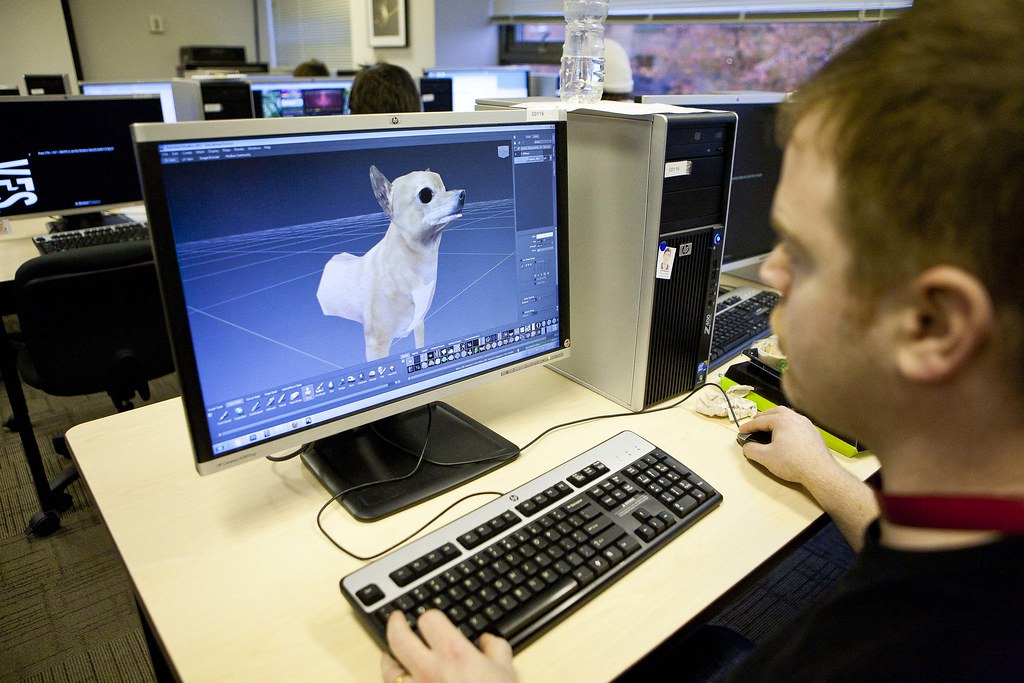
Types of Game Artists
Different game artists have areas of expertise in various facets of game creation. Below are some typical categories of game artists.
1. Concept Artists
These experts create visual designs and concepts for props, environments, characters, and other game elements. They collaborate with game designers, game developers and art directors to develop the game’s aesthetics, tone, and visual style.
2. Environment Artists
These artists create and produce 3D models, textures, and materials for a video game’s surroundings. They create realistic and complex environments, buildings, and natural features that serve as the gameplay’s setting.
3. Character Artists
The main objective of character artists is to produce 3D textures and models for the game’s characters. It guarantees the characters appear aesthetically pleasing, well-prepared, and optimized animation.
4. Prop Artists
These experts specialize in generating 3D models and texturing for numerous in-game items and props. They develop and produce game-related assets, including guns, furniture, vehicles, and other interacting or ornamental items.
5. UI/UX Artists
These artists are experts at making the game’s user interface and visual design. They create interactive components to provide gamers with an enjoyable and intuitive experience.
6. VFX Artists
These artists concentrate on developing and applying visual effects to boost the game’s visual impact. They design special effects to give the game vitality and realism, such as dynamic lighting, explosions, water effects, and fire simulations.
7. Technical Artists
These specialists connect art with technology. They concentrate on integrating and improving art materials into the video game engine.
They work with programmers to ensure the visual assets work well and satisfy technical requirements.
8. Animation Artists
They design and put animations into the game’s characters, objects, and creatures. They create and polish 3D models and keyframes to ensure realistic and smooth movements.
What Does A Game Artist Do?
The responsibilities and duties of game artists may vary based on the particular job, studio, or project needs. Yet, below are typical tasks for these experts:
- Discuss the game’s look and feel with the primary developers and designers.
- Research materials and sources to create the game’s assets.
- Sketch concept designs and crucial visual components.
- Create 3D models within the parameters set forth by the game engine.
- Apply textures to the game’s visual elements.
- Add shading and lighting effects to the game’s components to ensure color consistency and intensity.
- Animate creatures and characters.
- Integrate effects to scenes, events, and textures.
- Create sound effects and conduct audio design
- Design promotional packages, materials, websites, and posters to launch the game.
- Produce prototypes to test the game.
- Maintain production documentation.
What Is The Workplace Of A Game Artist Like?
Game artists work in a variety of environments. Some experts may want to be a part of a team in the primary office. They work with other members to complete given tasks in a specific timeframe.
Besides, some may prefer to work remotely. This working method allows these experts to join meetings online instead of sitting at an office in a fixed location.
How to Become a Game Artist?
There is fierce competition for positions in the gaming business. Yet, you can work as a game artist with the necessary abilities and passion. You may take these steps to place yourself in your favorite position to get the job:
1. Get A Degree
It is not compulsory to get a bachelor’s degree. However, it can teach you helpful design abilities and serve as documentation of your formal art instruction.
After completing a program, you may learn to make 2D objects appear on the screen or page as 3D using light, texture, shadow, and other elements.
Additionally, you may develop your artistic style by knowing the many artistic styles and topic subjects throughout cultures and history.
The following art majors might help you become ready for a job as a game artist:
- Graphic Design
- Art And Design
- Computer Science
- Information Technology
- Game Animation
- Design Production
- 3D Digital Art
- Physics
- Programming
- Video Game Art
- Graphic Communication
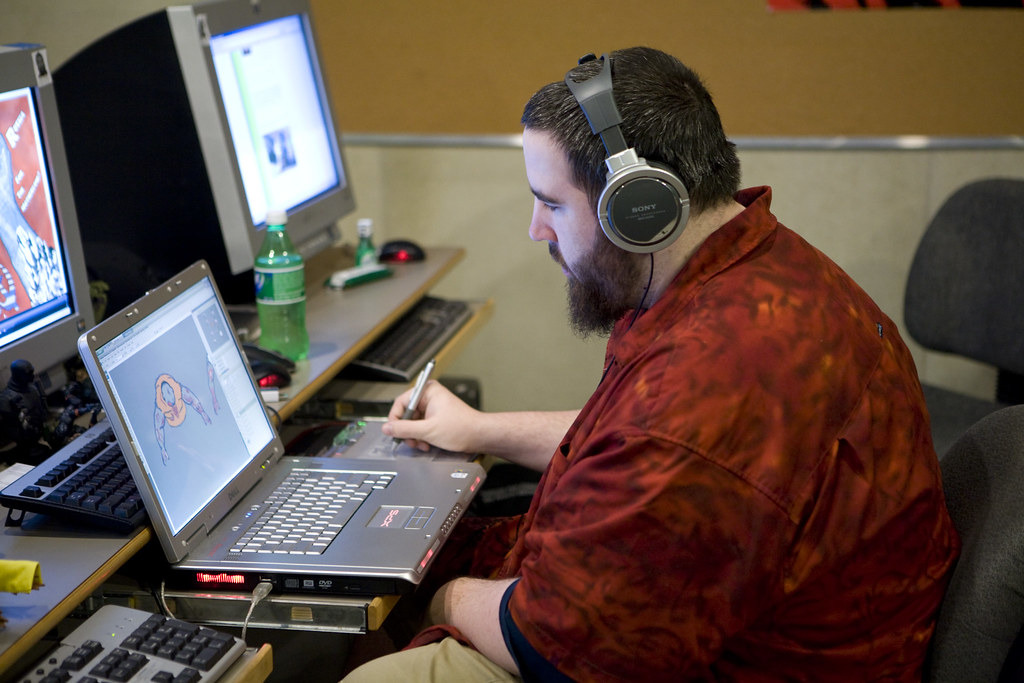
2. Expand Your Skill Set
To work as a game artist, you must have various skills required apart from the ability to sketch 2D objects. It would be best if you spent time learning many programs to add and edit visual effects and illustration software.
Developing crucial skills in various game art methods and elements will help you land a well-paying career and improve your prospects of advancement at work.
To broaden your expertise, look at positions in sectors that use similar technologies.
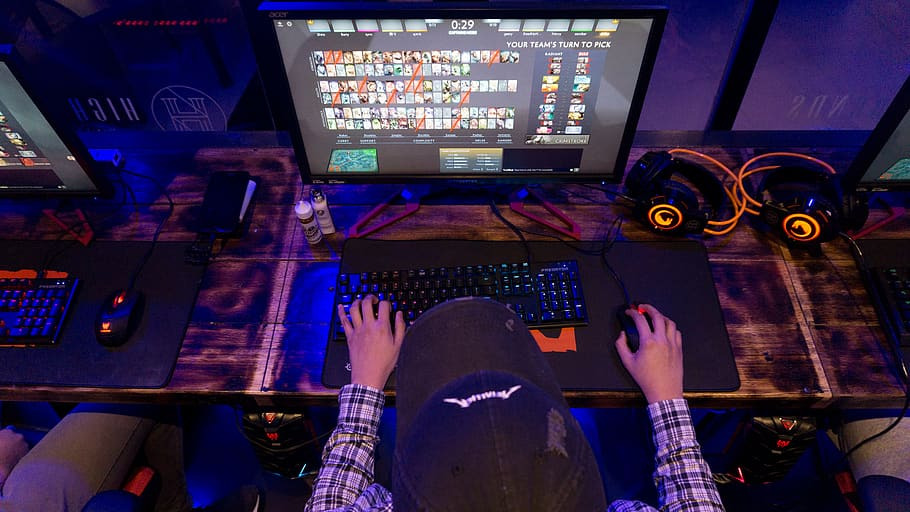
3. Create A Portfolio
Consider compiling your finest professional work into a portfolio as you hone your abilities via practice.
Your portfolio may include various designs, inventions, and potential video game applications. Employers frequently want a portfolio along with your resume. It could help them comprehend your skills, personality, and inventiveness.
If you apply for a specific position, you can provide examples of your products that fit the employer’s preferred subject and genre.
For example, consider making fan art on the characters and environments of video games if you love playing them and appreciate their aesthetic.
Moreover, fan art may be a fantastic opportunity to hone your artistic abilities and explore engaging subjects.
If you publish your product online, video game players may like it and spread the word about it, attracting the attention of bloggers.
If those bloggers post it on their own sites, it can raise awareness of your skills and attract the attention of video game businesses.
Fan art is a great way to demonstrate your passion for the artistic process. Additionally, it can improve your web visibility and broaden your professional network.
4. Hone Skills
Apply for employment to use your abilities in a professional setting. Consider searching for an entry-level role or internship in a game or animation firm.
You can gain vital experience in this field and development by putting your abilities to work in an employment position.
If you want a flexible schedule, consider working as a freelance for independent video game companies. Also, spend enough time figuring out which businesses pay freelancers fairly.
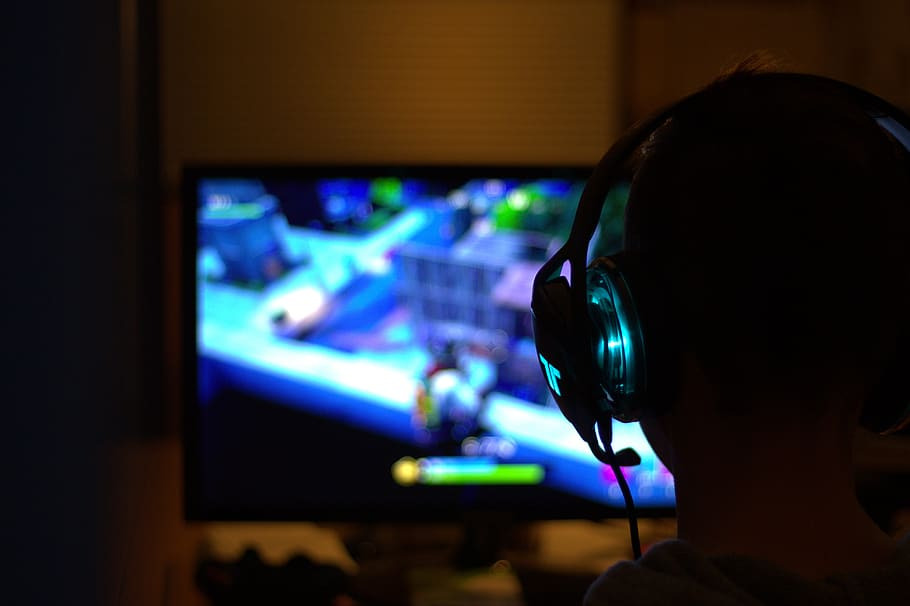
The following are some essential skills to make game artists successful in their position:
Game production pipeline
Knowing the proper workflow for each assignment is essential for understanding the game pipeline. These experts must use their left-brain analytical talents to archive and maintain an image library.
Master 2D and 3D software
Game artists must be skilled with 3D animation tools and capable of converting 2D artwork and photos into realistic 3D models.
They should know how to use Adobe, Photoshop, Blender, Flash, Illustrator, and Maya. FLEX and ActionScript working experience is additionally beneficial.
Computer skills
To produce 2D and 3D imagery, game artists use a variety of computer software applications. So a solid grasp of computer functionality is typically necessary for proficiency with those applications.
Art and design
Game artists must possess outstanding design and artistic abilities. They should know how to create designs and sketches that fit numerous genres, like fantasy and cartoons.
Creativity
In general, creativity means your capacity to use your creative abilities to come up with novel concepts. These abilities allow character designers for video games to produce intriguing, enduring, and recognizable characters.
Communication
Game artists must work with other experts during the working process. They can get details from these specialists concisely thanks to their excellent communication abilities as well as provide them with information.
Attention to detail
Character facial expressions and attire are only two examples of the numerous aspects that game artists create for video games.
These experts must create locations and figures that complement the game’s concept and contribute to a seamless experience for gamers.
5. Network
Look for appropriate organizations you may join. You may learn more about the sector and get updated with developments and new technology by attending an association.
Build relationships with other skilled artists by attending video game conferences and expositions.
Joining these events can teach you more about the industry’s diversity, expose you to other video game creative forms, and open your mind to fresh perspectives on game development.
Be friendly and establish ties with other game designers. To foster a potential business connection, gently ask people about their positions and professional experience before requesting their contact details.

6. Search For Positions
As shared above, you may obtain the necessary experience in your industry by applying for positions in video game firms. You might also develop your portfolio and hone your artistic abilities.
You can come across more seasoned game industry workers who can advise you and serve as references for future positions. In addition, you may think about launching your own company and becoming a freelancer.
To see whether there are any employment vacancies with a particular video game firm, project, or team, visit their website. Or send them a message or an email with a link and a cover letter to your online CV.
Companies may contact you and provide an employment offer if you can demonstrate your skills and express your excitement for their business.
7. Keep Up With Trends
The game industry has been evolving rapidly, and game artists must stay abreast of the latest trends. One way to do this is by following game industry news, which can provide insights into emerging technologies, industry developments, and upcoming games.
Reading blogs and articles about game art is also a great way to stay informed and inspired. Additionally, keeping updated with the latest software and techniques in game art is essential for staying competitive. It can involve taking courses, attending workshops, or experimenting with new tools and techniques.
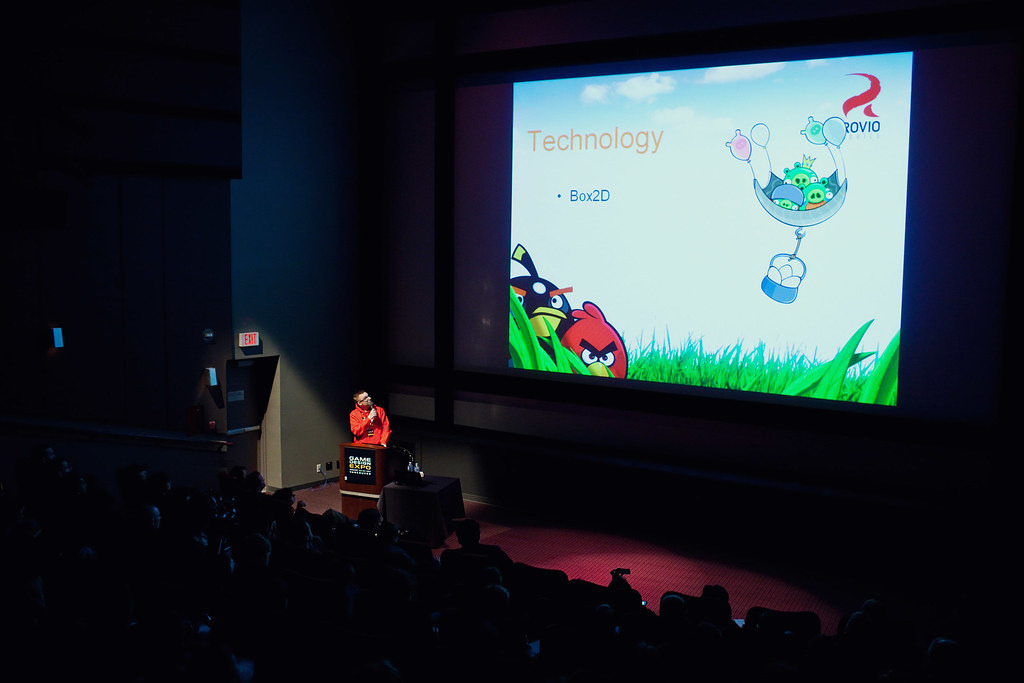
How Long Does It Take To Become A Game Artist?
Formal education is one of the best ways to become a game artist. You can opt for a Bachelor’s degree in Game Art, which usually takes around four years to complete. You can also pursue a Master’s degree that typically takes 2 to 3 years.
If you don’t have the time or money for formal education, you can still become a game artist by self-learning. Many online resources can help you learn game art, such as YouTube tutorials, online courses, and blogs.
Job Outlook and Salary
A game artist makes an average pay of $105,576 in the US. Salary ranges for game artists generally fall from $49,000 to $163,000 per year. Game artists typically make $50.76 hourly in wages.
Because video games are becoming increasingly popular and the production of the business is rising, you may think about working as a game artist.
Jobs in the game sector are in great demand, need a high degree of talent, can earn well, and are available to people of all demographics and levels.
In A Nutshell
Becoming a game artist is a highly competitive field that demands a unique combination of creativity, technical skills, and networking. So you must be prepared to devote significant time and effort to succeed in this career.
With dedication, hard work, and passion, you can turn your love for games and art into a fulfilling career as a game artist.
There has never been a better moment to pursue this fascinating and fulfilling career due to the gaming industry’s constant expansion.
